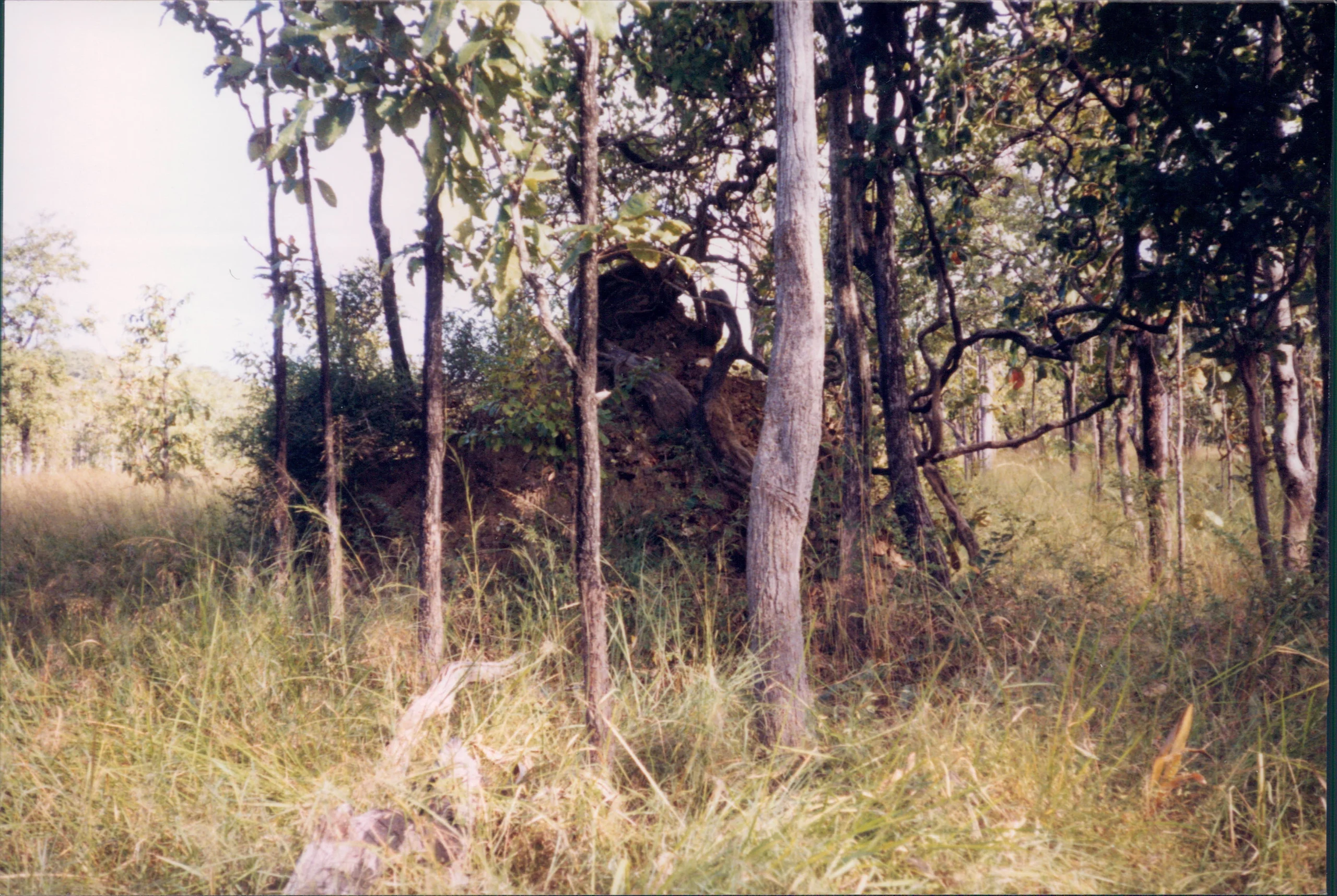
A B-52 strike of 800 500 pound bombs (200 tons) is headed for the near slopes of Chu Pong Mountain above X-Ray early on 17 November scheduled to drop at 11:17 AM

The 2/7 CAV Battalion Command Group and A Co 2/7 CAV reach Albany after interrogating the two PAVN prisoners.

At 1:20 PM, PAVN mortar rounds explode in the clearing and down the length of the column of American companies

Jack Smith, the famous ABC reporter, was a Private First Class (PFC) in C Company 2nd Battalion 7th Cavalry and wrote his first person account of the action at LZ Albany

Pictures taken on a return trip to the battlefield in 1997

Produced by the Military History and Multimedia classes at Lorain County JVS, 2010